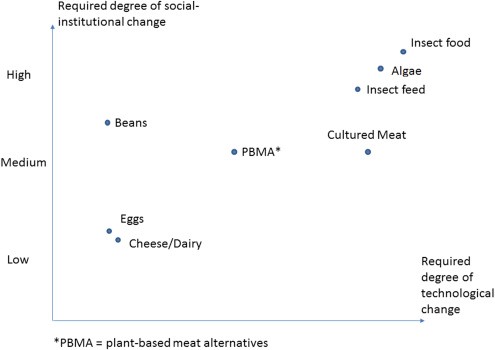
Type and definition of Meat Alternative as a Protein Source
Several newcomers to the alternative-protein market are already introducing new technologies and ingredients, while others are striving to establish a foothold in the market. Innovative food companies are able to mirror the customer experience of eating meat to a much higher degree. This is paired with effective social media marketing initiatives to help their items get popularity. Beyond Meat just had a successful IPO, signalling to investors that the alternative-proteins business has room for growth. Moreover, a number of fast-food companies have established partnerships with alternative-protein suppliers to provide vegetarian versions of popular menu items.

Fig.1. Meat Alternatives: An Integrative Comparison (ScienceDirect.com)
Companies looking to enter into the pea protein industry should concentrate on generating a high-quality product with a limited flavour and colour profile, which is currently a problem for producers. To gain market share, improved processing technologies and carefully designed pea protein sources would be crucial. In fact, some businesses in the sector are already investing in cutting-edge seed technology to boost protein content.
This is the most well-known kind of protein, which is obtained by dry or wet fractionation from protein-rich seeds. Soy is the most popular variety among consumers, followed by pea and a few specialty varieties like chickpea, rapeseed, and lupin.





